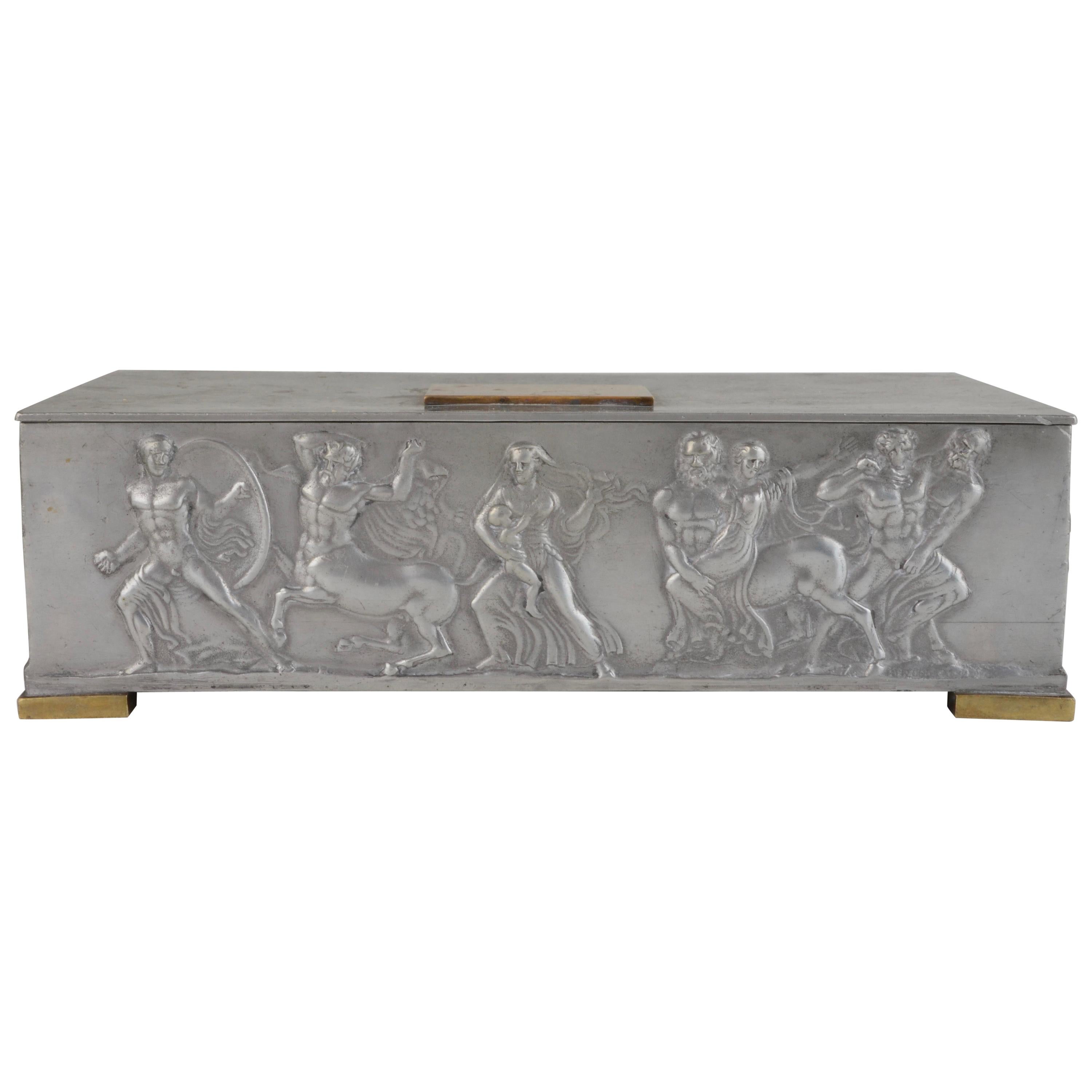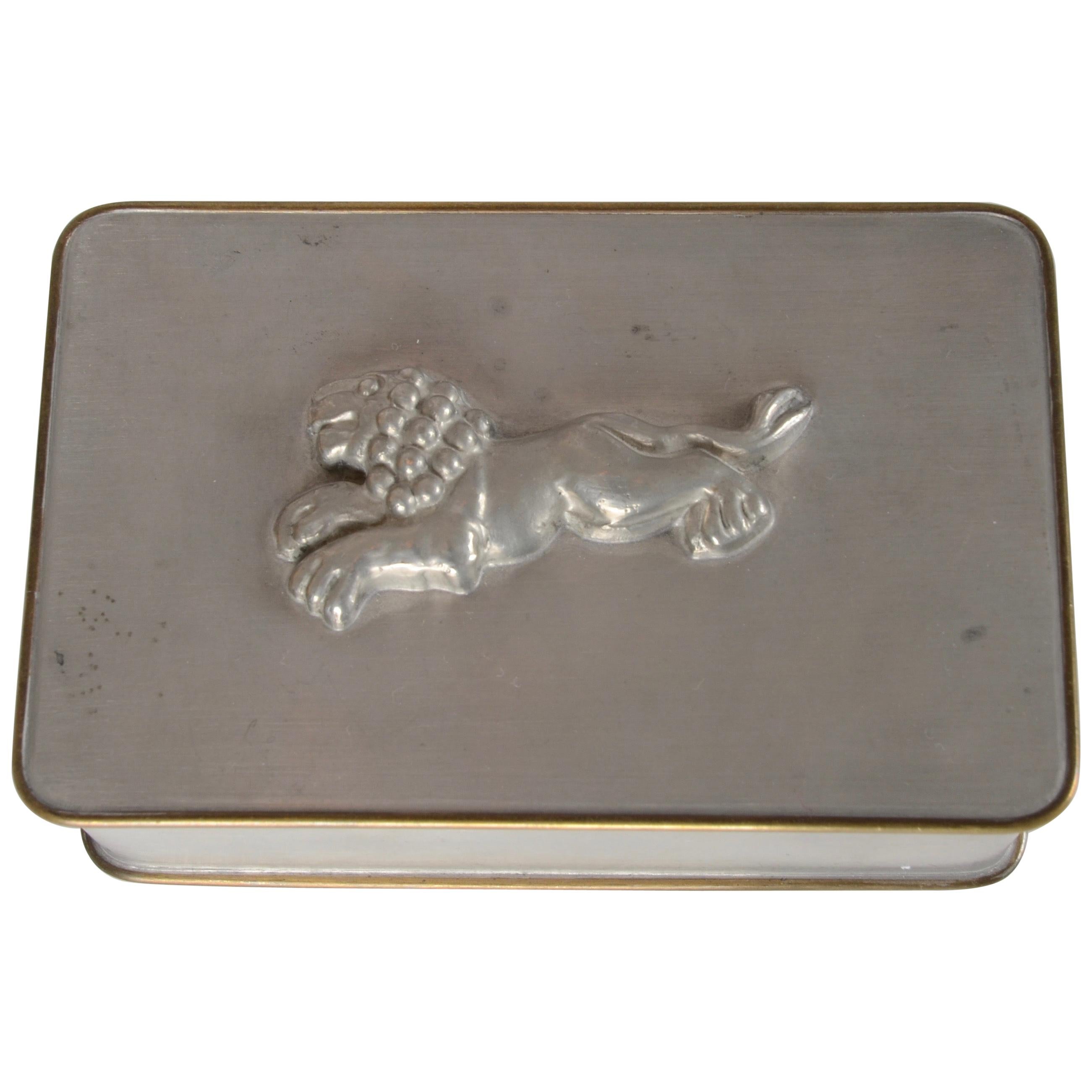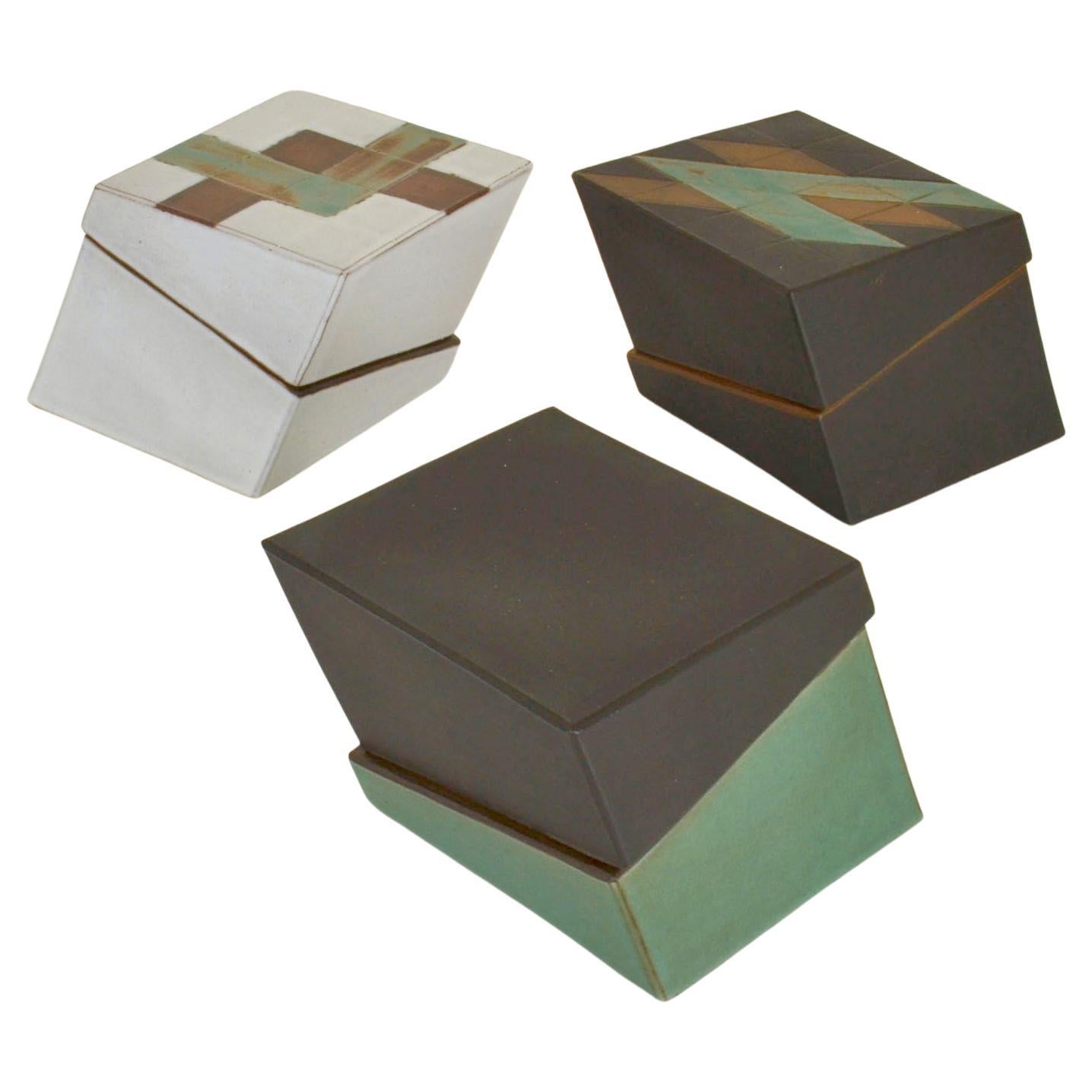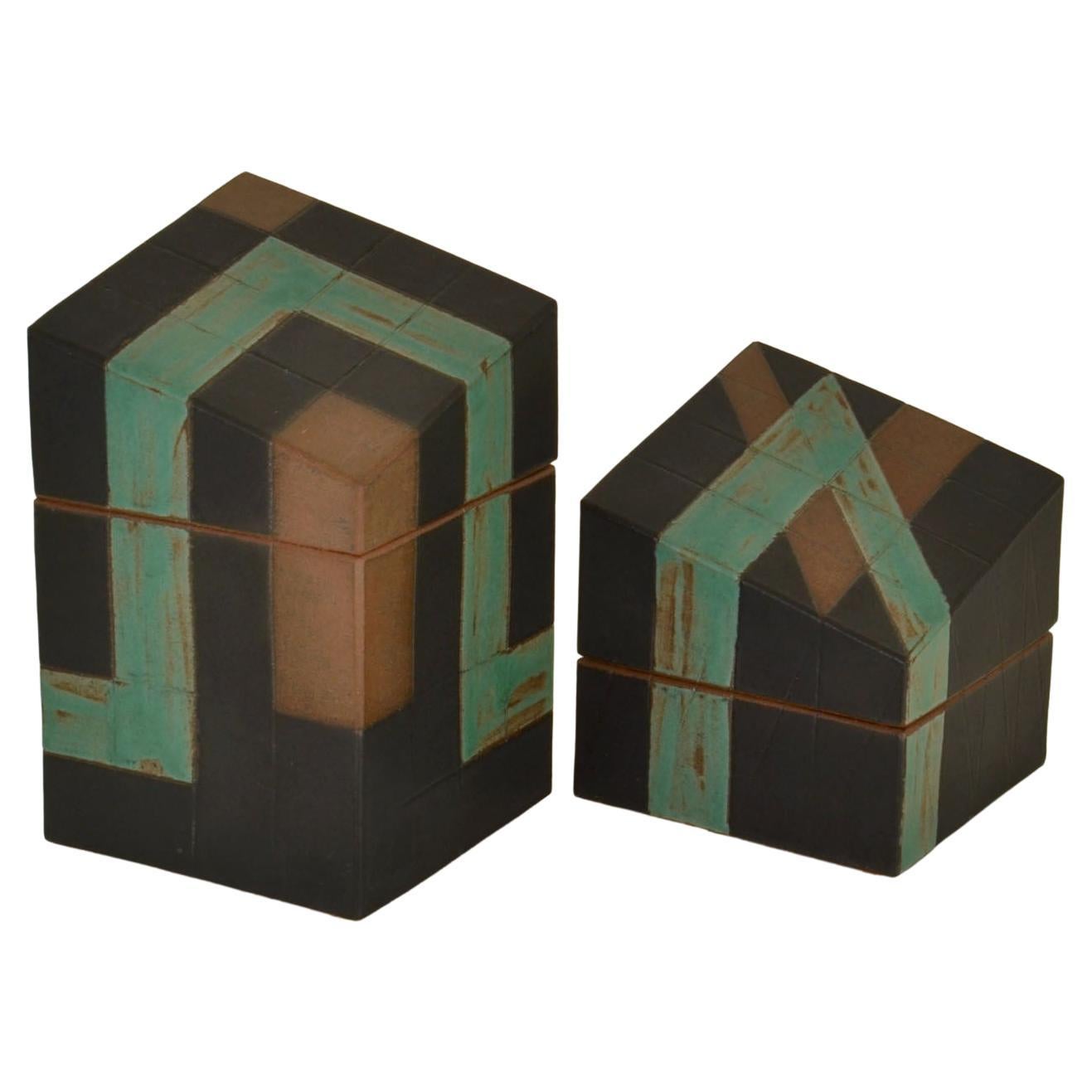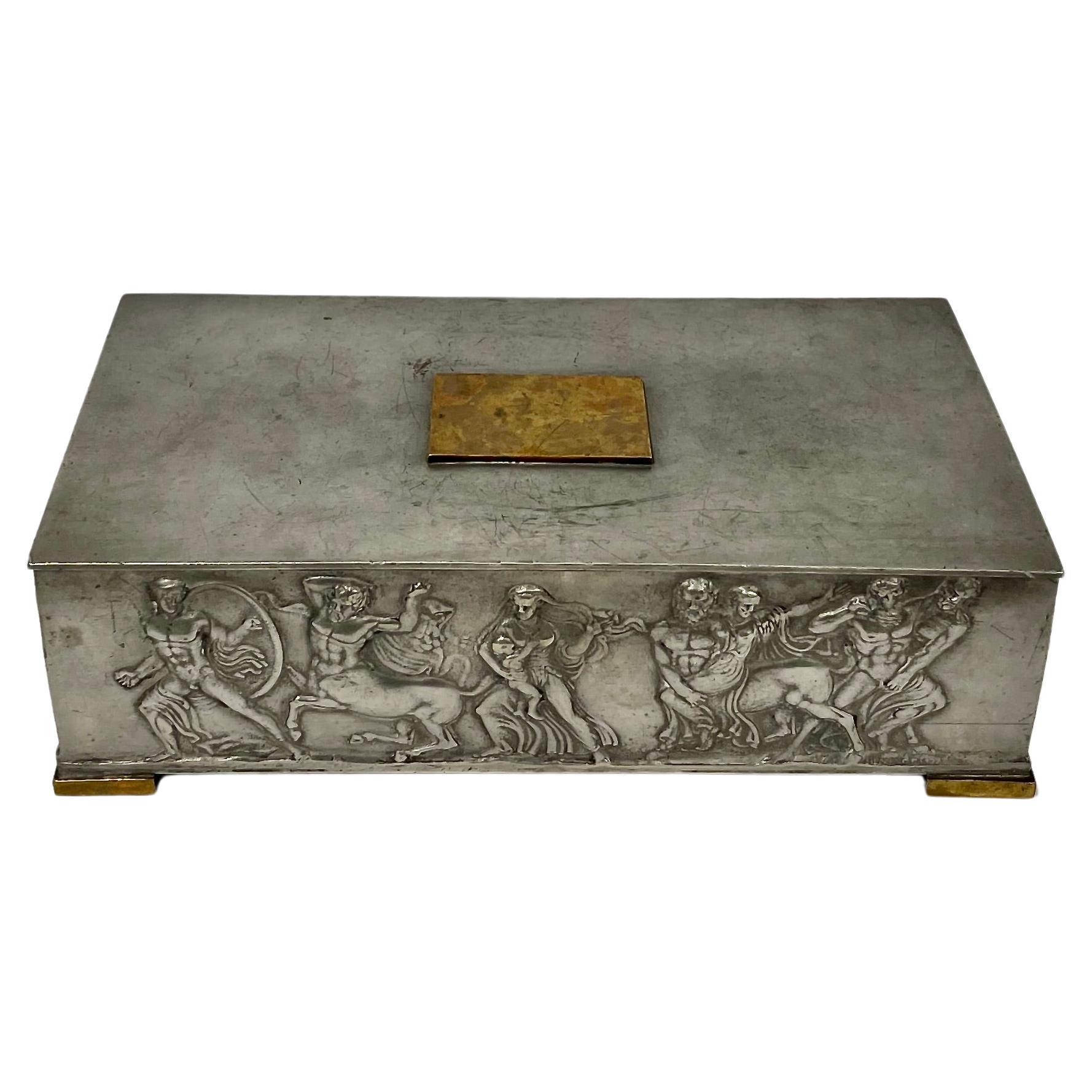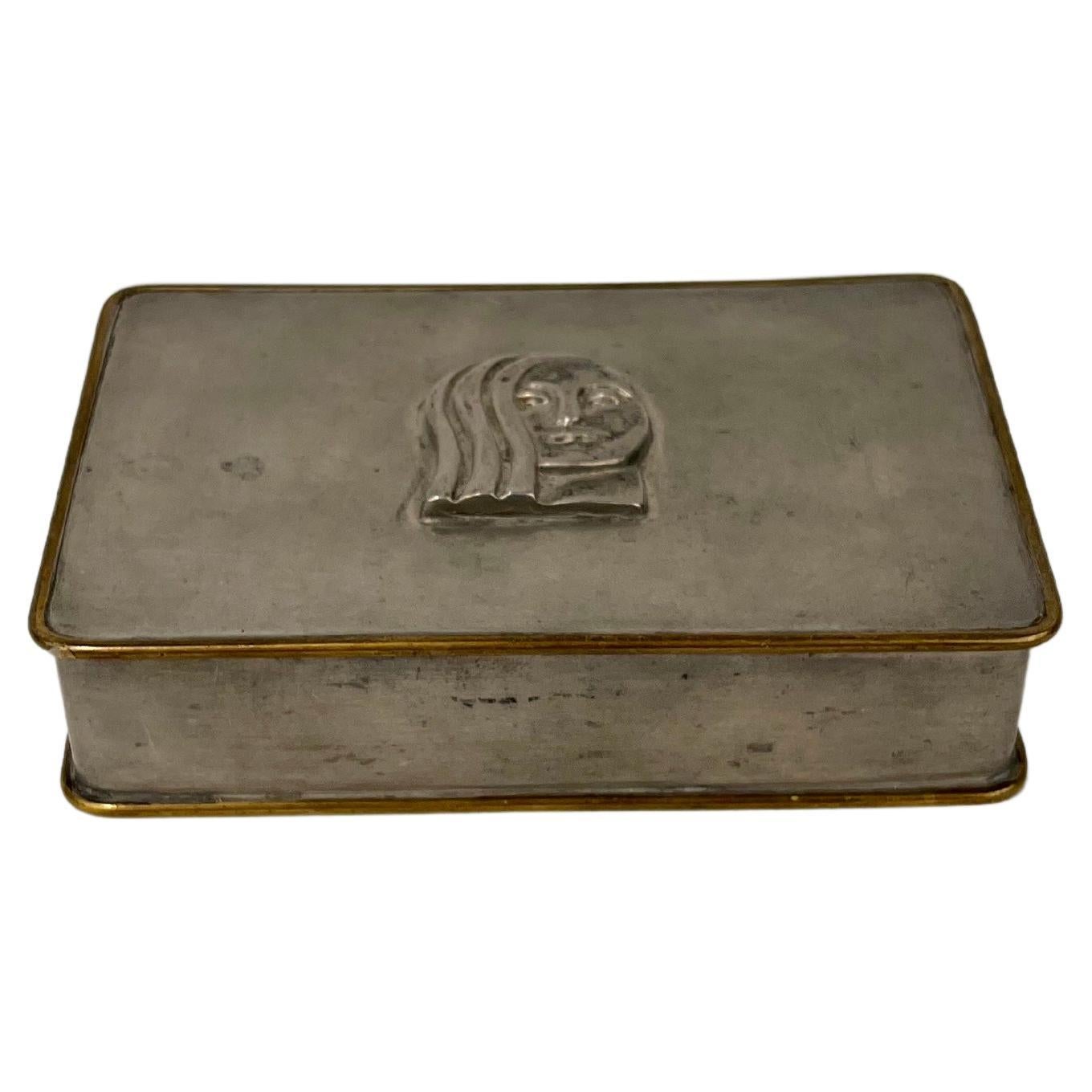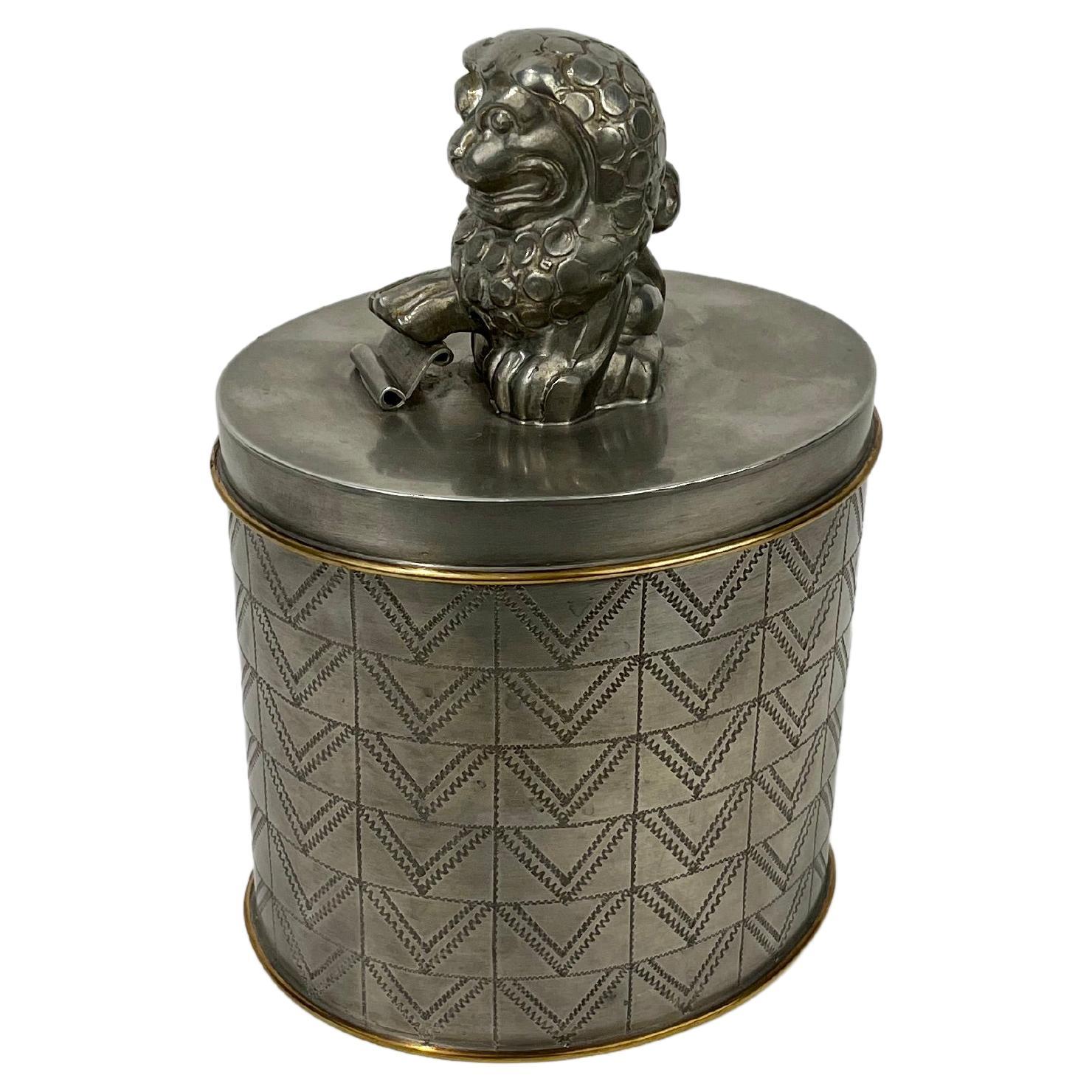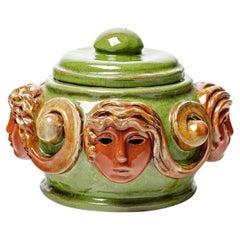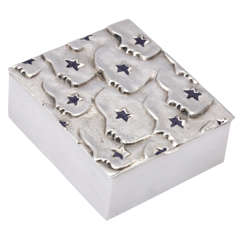
Visages Etoilés
View Similar Items
1 of 7
Visages Etoilés
About the Item
- Dimensions:Height: 1.18 in (3 cm)Width: 2.7 in (6.86 cm)Depth: 3.1 in (7.88 cm)
- Materials and Techniques:
- Place of Origin:
- Period:
- Date of Manufacture:ca. 1942-1950
- Condition:
- Seller Location:New York , NY
- Reference Number:Seller: LV Box 661stDibs: 130401970651
You May Also Like
- Large orange and green visages art deco decorative box att. to Paul PoucholLocated in Neuilly-en- sancerre, FRAttributed to / in the style of Paul Pouchol Large art decorative ceramic box Orange and green ceramic glazes colors Original perfect condition Signed under the base Realised ci...Category
Mid-20th Century French Mid-Century Modern Decorative Boxes
MaterialsCeramic
- Herman Bergman, Box, Stockholm, 1940By Herman BergmanLocated in Stockholm, SEBox in pewter and brass by Herman Bergman Konstgjuteri, Stockholm 1940 (O8). Figurative motifs. Wood insert.Category
Vintage 1940s Swedish Scandinavian Modern Decorative Boxes
MaterialsBrass, Pewter
- Anna Petrus, Pewter box, Firma Svenskt Tenn, 1929By Svenskt Tenn, Anna PetrusLocated in Stockholm, SEBox with decor of a lion, brass and pewter. Designed by Anna Petrus for Firma Svenskt Tenn. Marked C8 = 1929.Category
Vintage 1920s Swedish Scandinavian Modern Decorative Boxes
MaterialsBrass, Pewter
- Nils Johan, Tobacco Jar, Sweden, 1920s-1930sBy Nils JohanLocated in Stockholm, SETobacco jar in bronze, by Nils Johan, 1920s-1930s.Category
Vintage 1920s Swedish Scandinavian Modern Cigar Boxes and Humidors
MaterialsBronze
- Anna Petrus, Pewter Box, Firma Svenskt Tenn, 1928By Svenskt Tenn, Anna PetrusLocated in Stockholm, SEBox in brass and pewter with decor of a womans face. Designed by Anna Petrus for Firma Svenskt Tenn. Marked B8 = 1928.Category
Vintage 1920s Swedish Scandinavian Modern Decorative Boxes
MaterialsBrass, Pewter
- Native American Parfleche Box, Sioux, 19th Century Painted Hide PlainsBy Sioux Indian ArtLocated in Denver, COAntique Sioux (Native American/Plains Indian) Parfleche in a box form constructed of rawhide and intricately painted in an abstract design with hourglass and geometric motifs with natural pigments and red trade cloth. At the time this was created, the Sioux Indians were nomadic and are associated with vast areas of the Great Plains of the United States including present-day North and South Dakota, Minnesota, Nebraska and Montana. Authenticity is guaranteed. Box is in very good condition - please contact us for a detailed condition report. Parfleches are rawhide containers which were fundamental to the Plains way of life. Functioning essentially as protective travelling suitcases, they enabled the nomadic tribes to effectively pursue buffalo herds and migrate between seasonal camps. So critical were they to a nomadic existence that over 40 tribes are known to have historically produced parfleches. Collectively, these tribes inhabited an area which encompassed the entirety of the Plains, as well as the parts of the Southwest, the Transmontane and Western Plateau regions. Parfleches were, out of necessity, robust and versatile objects. They were designed to carry and protect within them anything from medicinal bundles to seasonal clothing or food. In fact, it was because of the containers’ robusticity and variety that parfleches earned their name in the Anglo world. Derived from parer (to parry or turn aside) and fleche (arrow), the word parfleche was coined by 17th century French Canadian voyageurs and used to describe indigenous objects made from rawhide. Despite their common utilitarian function, parfleches served as one of the major mediums through which Plains Indian tribes could develop their long-standing tradition of painting. In fact, it is in large part due to the parfleche that tribal style emerged. Even though parfleche painting developed simultaneously with beading and weaving, painting as an artistic tradition held particular importance in tribal culture. Believed to have evolved from tattooing, it had always been used as a conduit through which tribal and individual identity could be expressed. As such, many tribeswomen were deeply committed, some even religiously, to decorating their parfleche either with incised or painted motifs that were significant to them and/or the tribe. For some tribes, such as the Cheyenne, the decorative processes which surrounded parfleche production were sacred. For others, it seems that their parfleche designs shared an interesting artistic dialogue with their beadwork, indicating a more casual exchange of design motifs. This particular relationship can be seen in Crow parfleche...Category
Antique Late 19th Century American Native American Native American Objects
MaterialsHide

